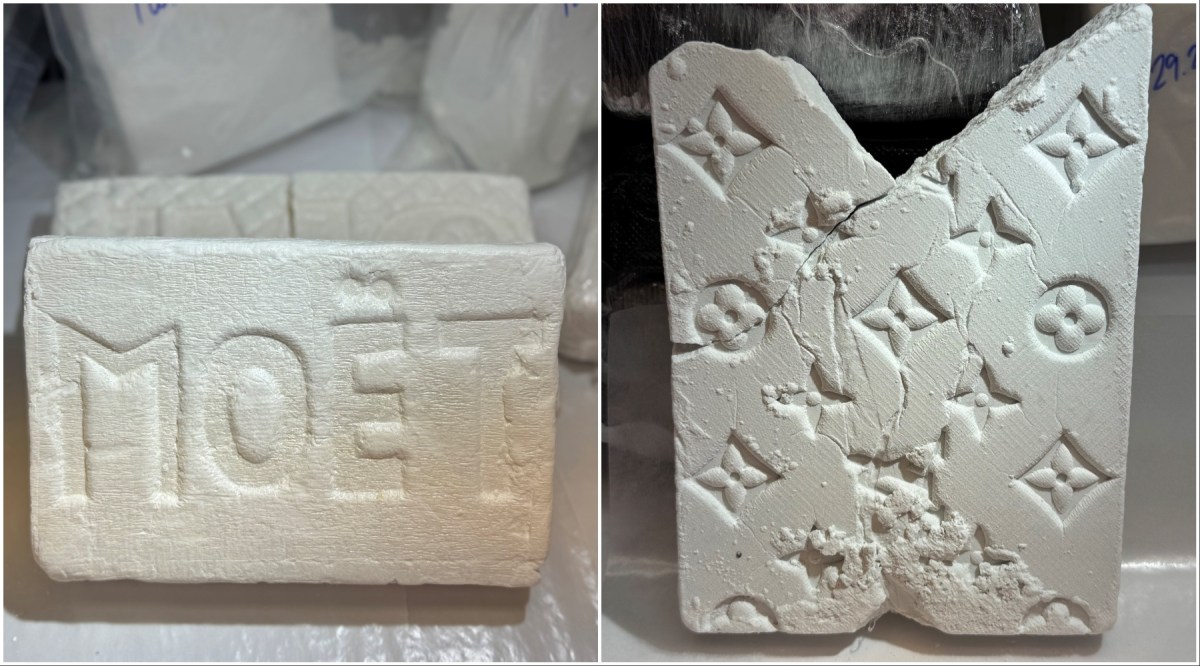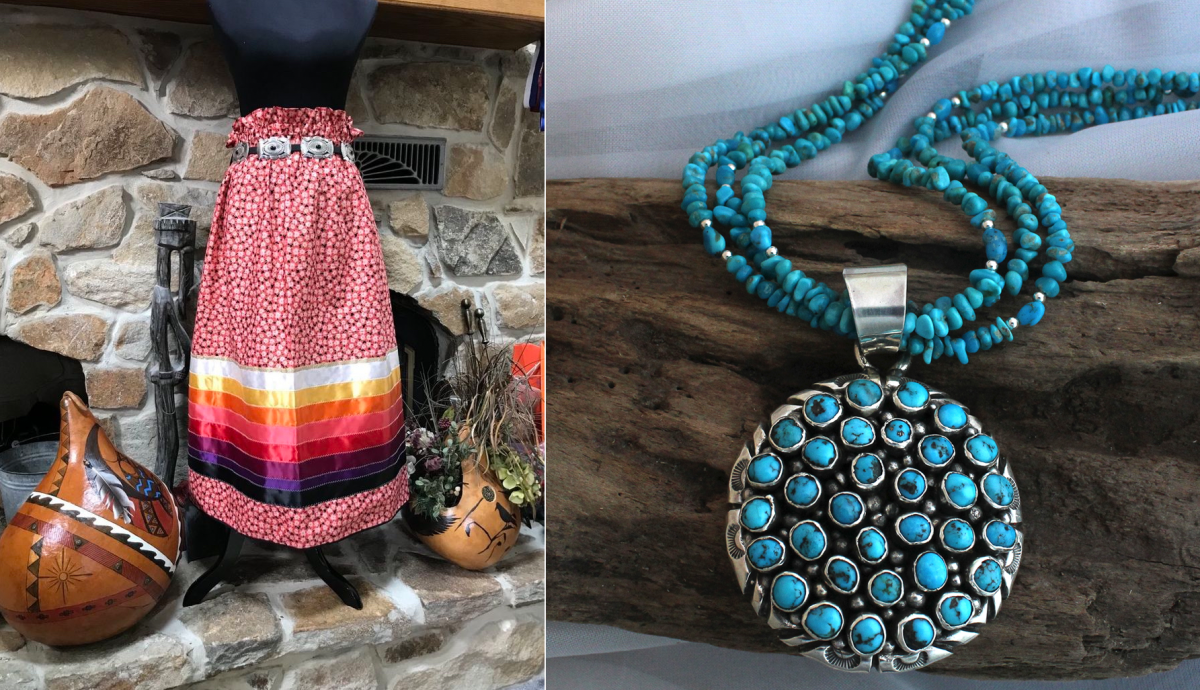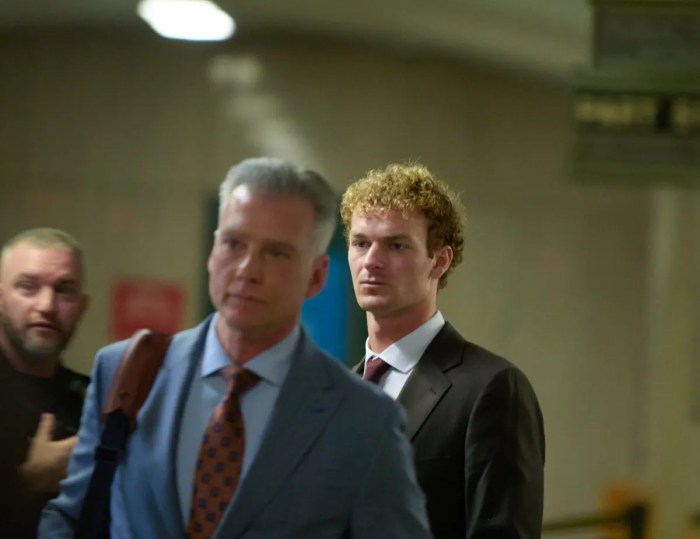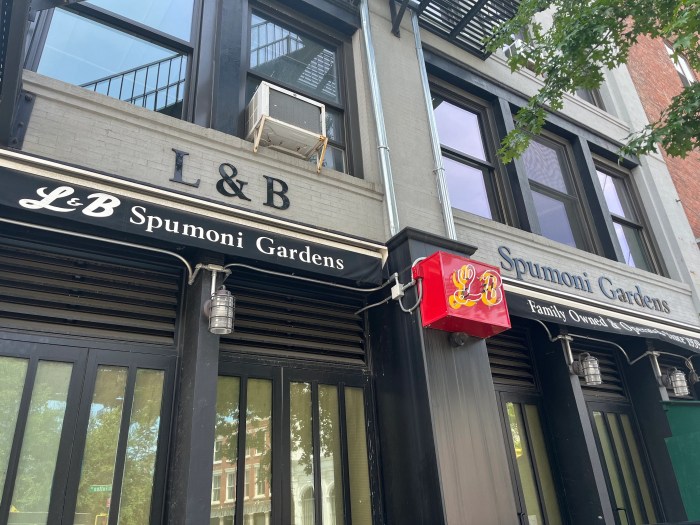By Steven Snyder
Linda Hattendorf’s “The Cats of Mirikitani” won the audience award at last year’s Tribeca Film Festival, opened theatrically for an extended run at Cinema Village in March and, at 10 p.m. on Thursday, May 10, will hit New York’s public airwaves as part of the PBS series “Independent Lens.”
The documentary, which begins as an account of a homeless, 80-year-old artist in Soho, who spends his days drawing pictures of cats and horrific images of war, quickly makes a leap in the traumatic aftermath of the September 11 terrorist attacks into a far more profound film.
Hattendorf, who lived around the corner from Jimmy Mirikitani, took him into her home that awful day, and grew closer to him as she learned of how he survived the trauma of World War II, endured the horrors of the Japanese-American internment camps that he was imprisoned within, and how he saw history repeating itself in the weeks and months following the World Trade Center attacks.
His is a poignant, surprising, and gripping story, and one that quickly draws the filmmaker into his world, fighting to help Jimmy confront his past and heal the decades-old wounds that have gone ignored as he lived quietly on the sidelines of society. As she learns his story, she also learns how she can help this lost, bitter and hopeless man discover and build towards a better future.
STEVEN SNYDER: Your film is primarily based around the Sept. 11 attacks. Why did it take so long to reach movie theaters, and now television, some six years later?
LINDA HATTENDORF: It might seem like we’ve just been working on the film for five years, but it took four years to raise enough money to shoot and edit. When we premiered at Tribeca, and showed right down the street from where we first met Jimmy, it was a wonderful experience to come out of that small dark editing room and to find it embraced with acclaim. Winning the Audience Award was really an unbelievable honor.
Clearly the film was embraced at Tribeca immediately. What has it been like since the festival?
We premiered at Cinema Village at the beginning of March, and originally it was supposed to be for just a week. But it did so well that it was held over for six weeks, and it’s been a crazy ride. Ever since Tribeca, we’ve been all over the world with the film, from Iceland to Japan to Norway, and we’re currently looking at invitations from festivals in Paris, Germany and Ireland. We [opened recently] in almost 10 states theatrically.
It seemed you were in the right place at the right time to capture this story.
A lot of people had helped Jimmy over the years, and a lot of people were moved by his stories and wanted to do what they could for him. I think one of the things I was most moved by when I understood more about his past was how he was still drawing pictures of these awful events because, some 60 years after, those memories were not available in the mainstream media. For me, even before 9/11, I was moved by the link between his having lost his home in such a profound way [during World War II], and I wanted to explore that. September 11 just made those stories even more resonant and helped me understand more the necessity of telling his story so we don’t continue to repeat history.
How did the project grow into such a big statement — to the point where you were traveling across the country with Jimmy for the internment anniversary in California?
It was actually Jimmy’s idea that I take a picture of him initially in January 2001. I passed this guy on the street who was obviously quite elderly and drawing pictures of cats in the cold and snow, and I was concerned and thought I could help him out by buying a picture. So he asked me to take a picture and I came back with a video and asked if he had any stories and the camera suddenly became this tool to get him to talk to me. I lived around the corner and started changing my routine to always come by him and always bring a camera, because he had stories he wanted to tell me. As an artist, Jimmy was really an inspiration for me. No matter the weather or the conditions, he was always out there, doing his artwork — so dedicated, so strong.
Has anything surprised you as you’ve traveled around the world with the film?
I was really struck by how audiences all around the world are remarkably similar. We all laugh and cry at the same moment, so many came up and gave me a hug afterward and wanted to share stories of their own struggles in their lives. And all the audiences I’ve seen are equally moved by the idea that healing is possible — at any age — and that healing is something we really need right now.




































